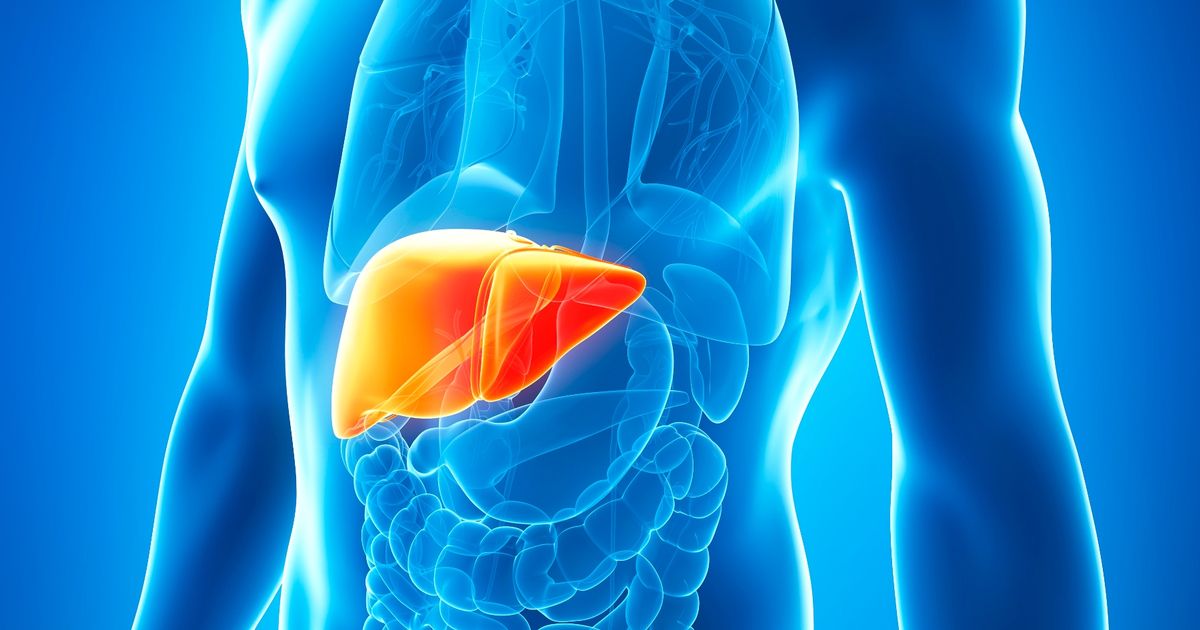Serious Symptoms Of Fatty Liver Disease
Medically known as steatohepatitis, fatty liver disease is a condition in which there is an excessive amount of fat in the liver, the body's largest internal organ. The condition can be caused by alcohol consumption and by other factors such as obesity, elevated blood glucose, and elevated triglycerides. Fatty liver disease affects roughly twenty-five percent of the world's population, and the incidence of the disease is increasing with the current obesity epidemic.
Since fatty liver disease often produces no symptoms in its early stages, patients may only find out they have it after undergoing routine tests for another reason. For example, routine blood tests may show abnormal liver function. Ultrasounds, CT and MRI scans, and elastography tests are generally ordered to detect this condition. While fatty liver disease can't currently be cured, weight loss is the major recommended treatment option. Patients may also be given medication to lower their cholesterol, and doctors might recommend testing for diabetes. Diabetes patients who also have fatty liver disease will need to keep their blood sugar under tight control, and it is especially important to avoid alcohol with fatty liver disease. If left untreated, the condition can cause severe scarring of the liver (cirrhosis) or liver failure, which could necessitate a liver transplant.
Upper Right Abdominal Pain

Patients in both the early and late stages of fatty liver disease typically notice upper right abdominal pain. The liver is located in this area, and the pain often begins as a dull ache that comes and goes. Some patients have described it as a sensation of fullness, and the pain may also radiate to the center of the abdomen. In the later stages of fatty liver disease, the pain becomes more severe, and patients might notice a loss of appetite or vomiting.
To assess upper right abdominal pain, doctors will normally begin with a physical examination of the entire abdomen. First, they will listen to the abdomen with a stethoscope to detect bowel sounds, and they might then tap over certain areas. This can be useful in estimating the size of the liver itself. Next, the doctor will press deeply in all quadrants of the abdomen to check for masses, pain, or swelling. Since upper right abdominal pain could indicate several serious conditions, imaging studies are often used to assist in the diagnostic process.
Enlarged Liver

An enlarged liver is usually an early indicator of fatty liver disease, and it occurs due to the buildup of fat in this organ. Patients with an enlarged liver might observe enlarged blood vessels just beneath the surface of the skin. A healthy liver is roughly seven centimeters in women and 10.5 centimeters in men. Increases as small as two to three centimeters could indicate an abnormality. To estimate the size of the liver, doctors use percussion (tapping) techniques during a physical exam. These techniques are painless and allow the doctor to listen for changes in sound that indicate the presence of an organ. Exact liver size can be determined with ultrasound, CT, or MRI studies, and patients who have an enlarged liver might need to have these tests repeated regularly to track their progress. Weight loss can sometimes reduce the size of the liver.
